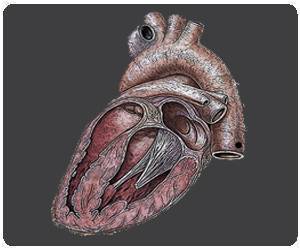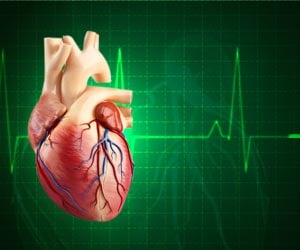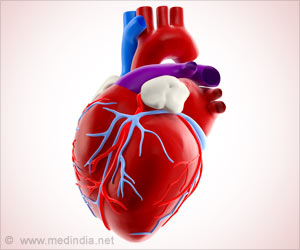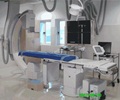Moderate intensity training improves exercise capacity in young people with hypertrophic cardiomyopathy.
Highlights
- Young people diagnosed with hypertrophic cardiomyopathy (HCM) are often pushed towards a sedentary lifestyle.
- They are generally advised to limit intense exercise because of concerns over triggering ventricular arrhythmias and death.
- Recent findings reveal that moderate-intensity training improves exercise capacity and benefits patients with HCM.
Hypertrophic cardiomyopathy affects 1 in 500 people. It affects both males and females equally. It can manifest at any age. In athletes and young adults, it can manifest as sudden cardiac arrest leading to sudden death.
Current guidelines recommend that people with HCM should limit intense exercise because of concerns over triggering ventricular arrhythmias.
Though exercise is recommended among the general population to reduce risk of cardiovascular diseases, people with HCM are not encouraged to participate in competitive sports due to the risk of sudden cardiac death.
These patients reduce their activity levels after diagnosis, becoming less active compared to the general population.
"We are challenging the idea that exercise is dangerous for these patients," says senior author Sharlene Day, M.D., a Michigan Medicine cardiologist and associate professor. "And we show that it can actually be beneficial."
"We have those images entrenched in our brains of young, healthy athletes collapsing suddenly in the middle of a competition, and these devastating events trigger a visceral response," says first author, Sara Saberi, M.D, a Michigan Medicine cardiologist and assistant professor. "But by limiting exercise, we're creating another set of health problems that stem from obesity, like coronary heart disease, diabetes, obstructive sleep apnea, depression and anxiety."
Testing Effects of Exercise
Researchers recruited 136 patients with HCM aged between 18 and 80 years and they were divided into two groups.
Members of one group were told to continue with their usual level of physical activity while the other group members were given individualized exercise plans the researchers created, for 16 weeks.
The exercises were moderate, including:
- walking
- using an elliptical
- jogging or biking
The participants began week one working out at least three times each week for 20 minutes. By the end of the program, they were working out four to seven times per week for up to an hour.
After 16 weeks, participants in the exercise group experienced a small but statistically significant increase in peak VO2 max, a measure of exercise capacity.
In patients with HCM, reduced peak VO2 is common which contributed to mortality.
"The findings show patients that follow an exercise prescription can actually train and improve their functional capacity," Saberi says.
Neither group experienced any major adverse effects such as death, appropriate ICD shocks or sustained ventricular tachycardia.
People in the exercise group self-reported significant improvement in physical functioning compared with the usual-activity group.
Conclusion
The long-term safety of exercise in the HCM population needs to be established.
Researchers strongly encourage some physical activity at least three days each week, preferably with an exercise partner and at a level at which they feel comfortable.
"I tell my patients not to let HCM prevent them from keeping in shape," Saberi says. "Exercise training has shown improvements in outcomes in terms of mortality, including in patients with chronic heart failure, and we think it's likely to have the same benefits in HCM patients."
Researchers from University of Michigan collaborated with colleagues at Stanford University and the VA Palo Alto Health Care System for the new study released in JAMA and presented the findings at the American College of Cardiology's annual Scientific Session.
References
- Hypertrophic Cardiomyopathy - (https://www.medindia.net/patients/patientinfo/hypertrophic-cardiomyopathy.htm)
- Sara Saberi et al. Effect of Moderate-Intensity Exercise Training on Peak Oxygen Consumption in Patients With Hypertrophic Cardiomyopathy A Randomized Clinical Trial. JAMA; (2017) doi:10.1001/jama.2017.2503
Source-Medindia
















